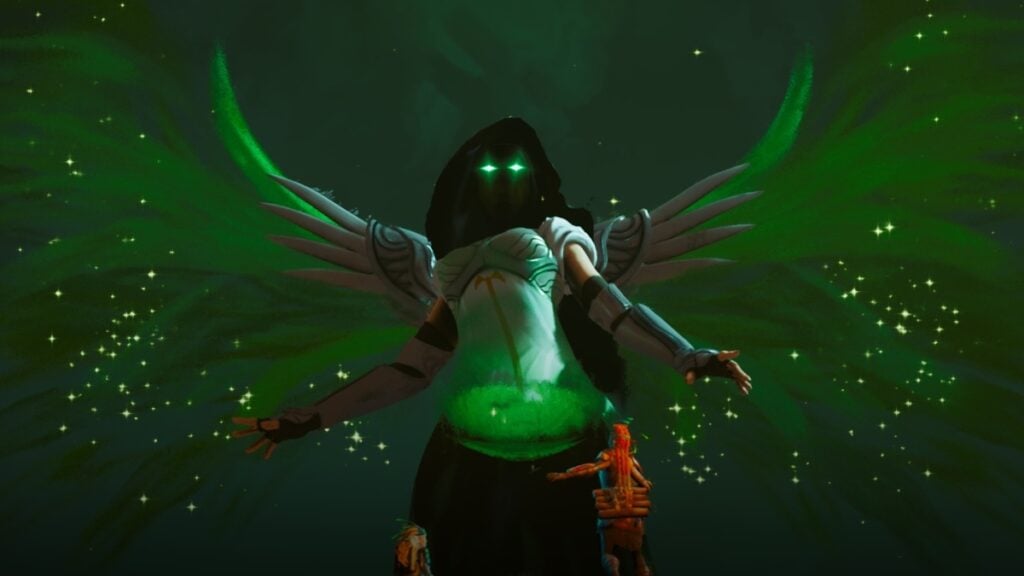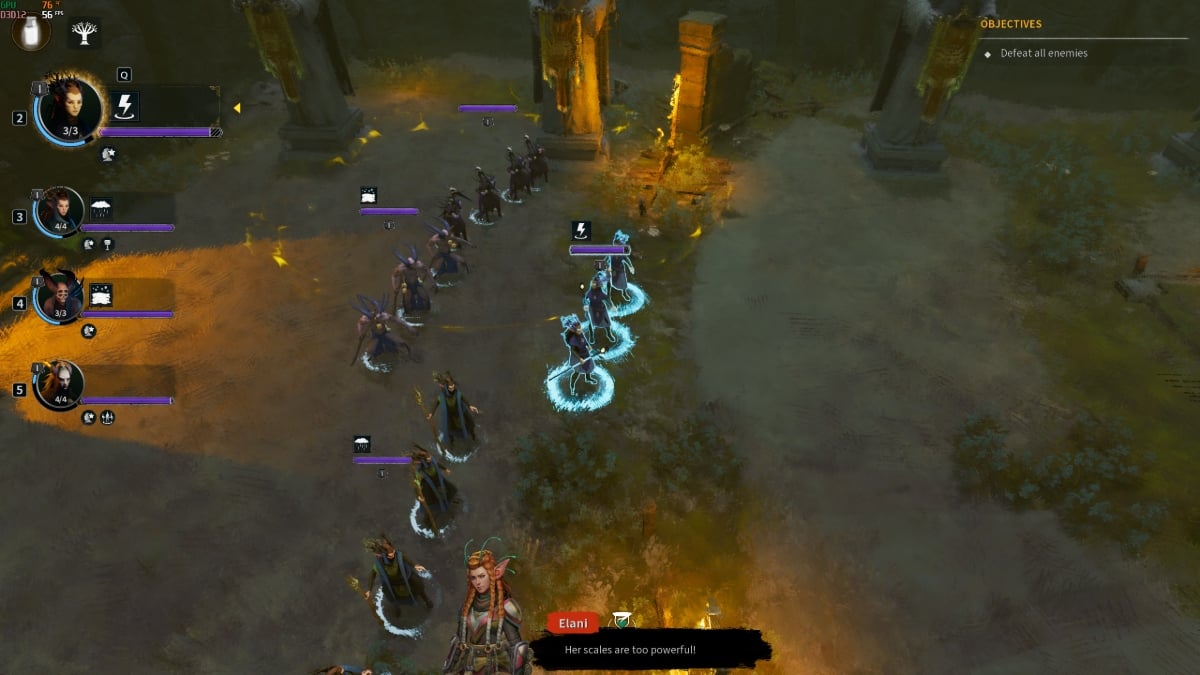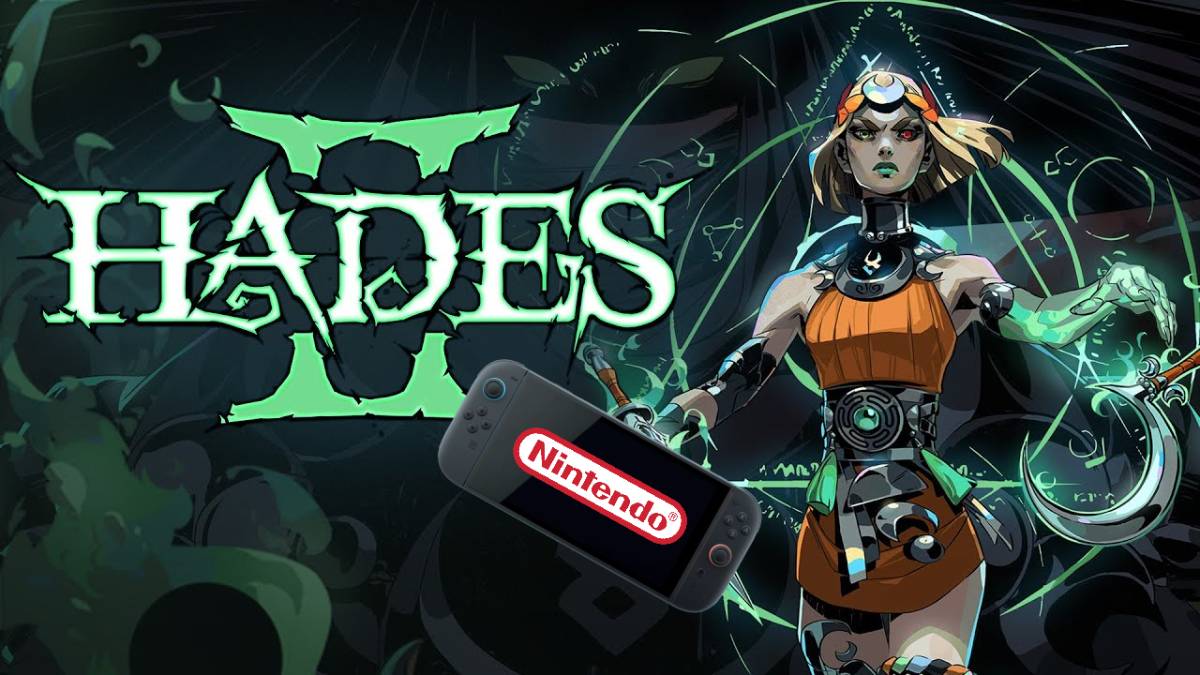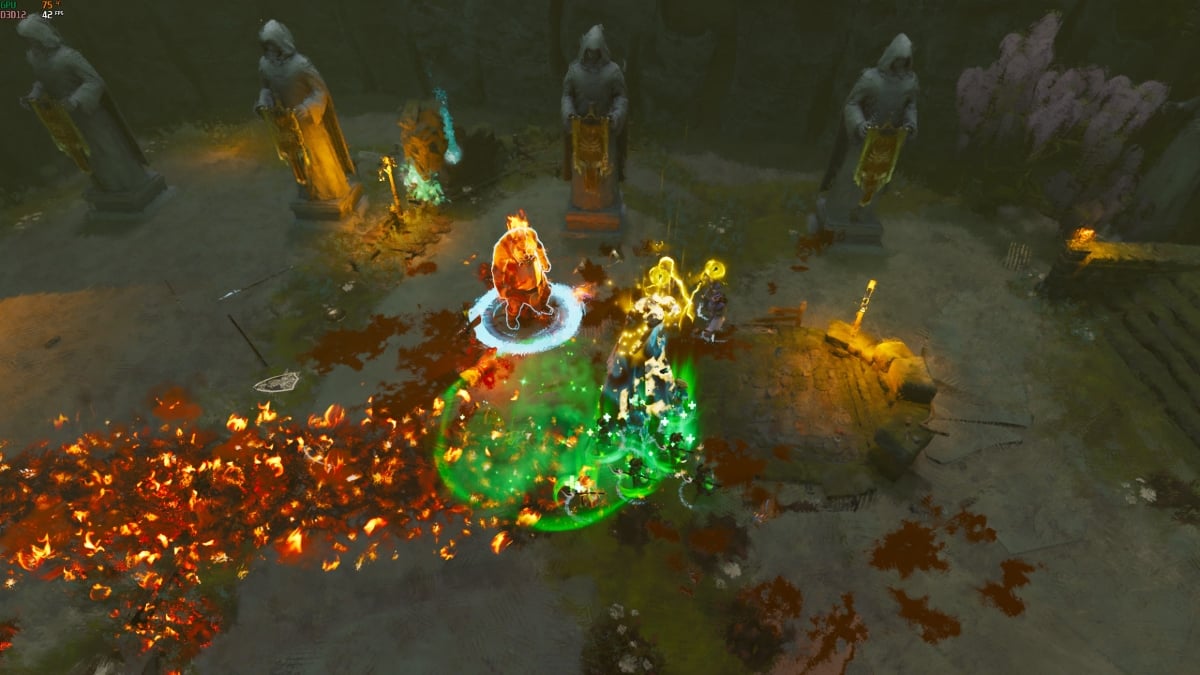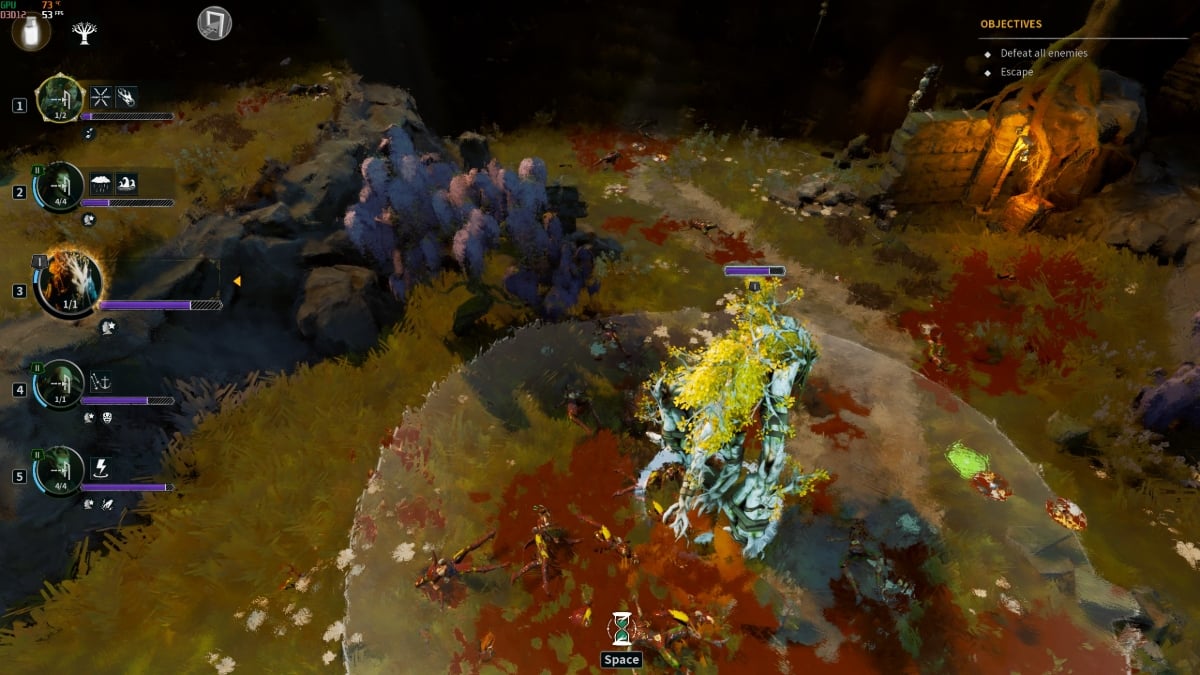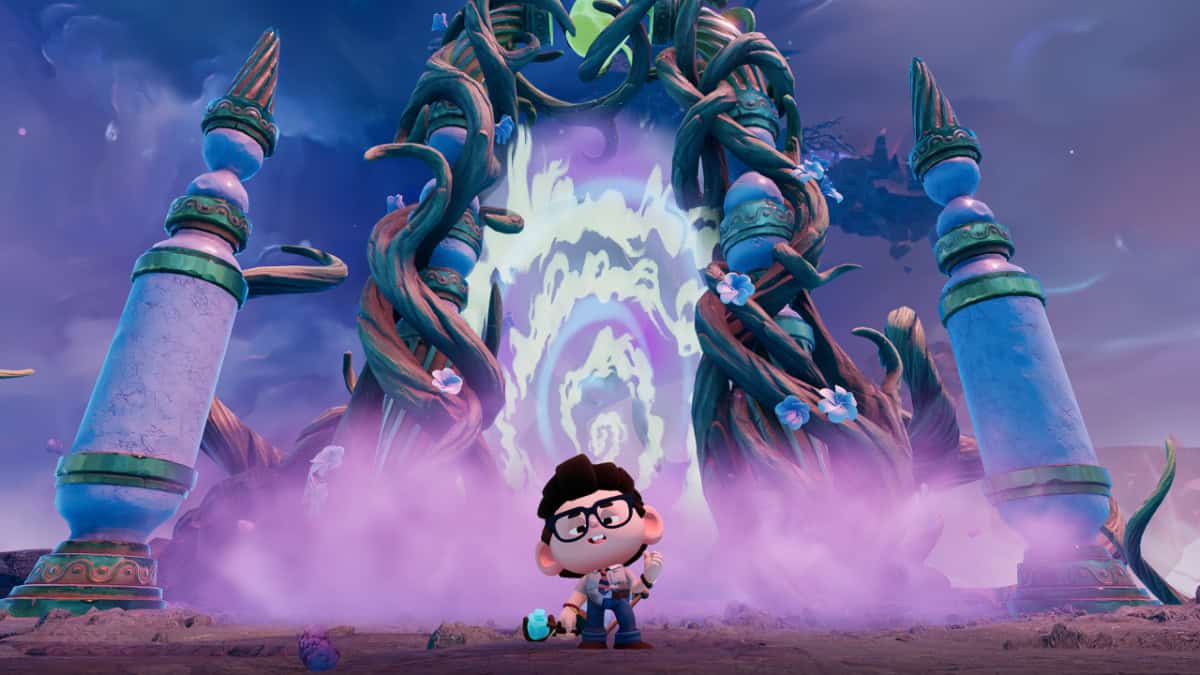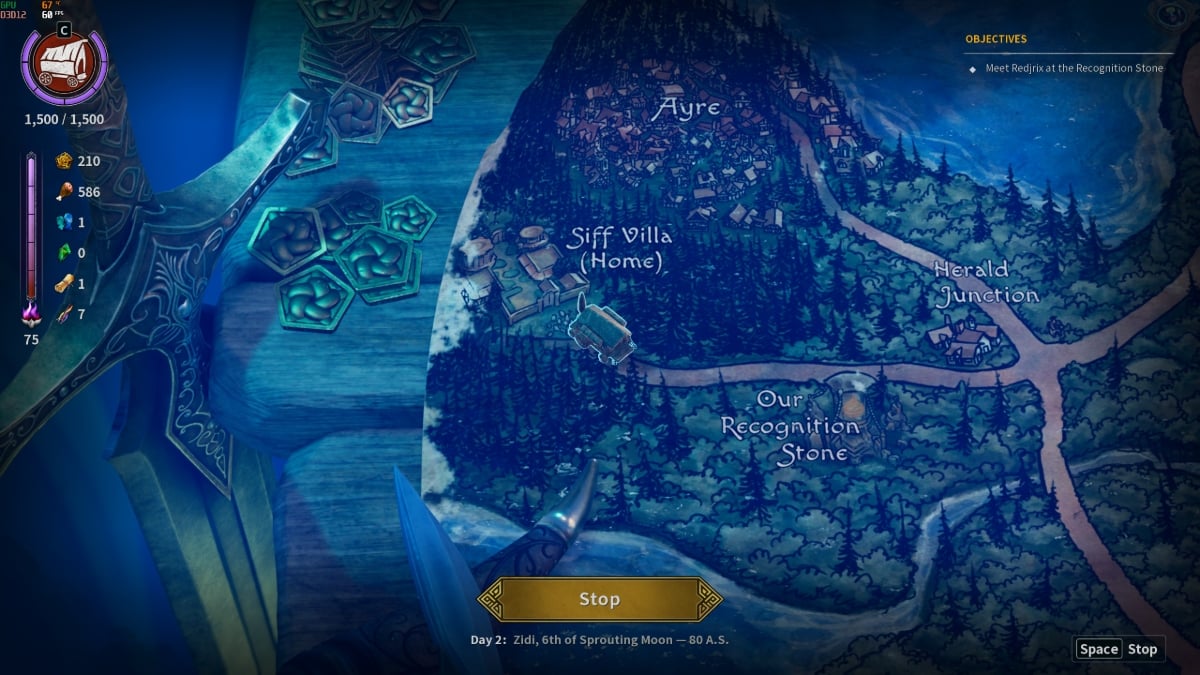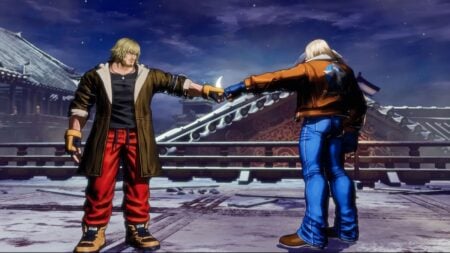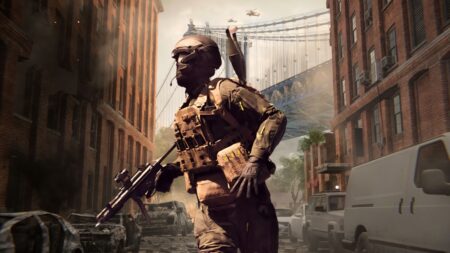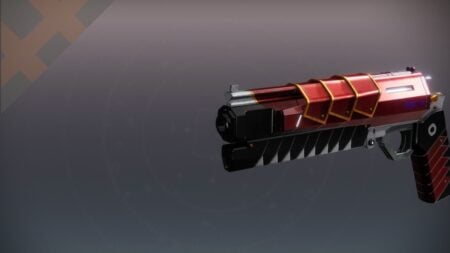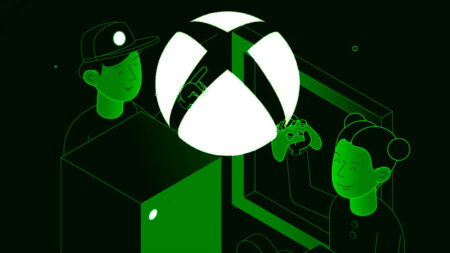Skip To...
I truly believe that 2025 onwards is an era of video game innovation. Because now, we have games like Wartorn blurring the lines between genres more so, and possibly creating something we’ve never seen before. It’s a refreshing change of scenery for me after having played mostly multi-million dollar templates for more than a decade. Still, as lovely and fun as the Wartorn‘s roguelike concept is, it tends to stumble while running excitedly towards its goal. It’s a good thing that the title is still in early access.
Time for the New Wave
For the record, Wartorn is a roguelike/roguelite game, and before you groan because we’ve had enough of those already, this game takes a page from Hades, where each failed playthrough is a way to progress its story. So it’s not as intimidating as Risk of Rain or as chaotic as Dead Cells. If you’re a “Goldilocks” gamer, difficulty in Wartorn is “just right,” though you can make it harder if you wish.
As for the story and the premise, the game lets you step into the shoes of two Elven(ish) sisters, Yara and Elani. One day, their family manor is attacked by an army, and it’s up to them to uncover the specifics of that plot by seeking Justice, both literal and personified —because abstract human concepts in this game take the form of gods or demigods.
To Yara and Elani’s luck, the Avatar/god of Time bestowed upon them her magic hourglass that allows the two sister warmaidens to rewind time, with the reset point being the day their family manor was attacked. From there, you have to guide the sisters to Justice and their parents via caravan by forming a small warband. You can then hire mercenaries and even upgrade your caravan along the way.
Should your playthrough perish via several fail conditions (more on that later), then you’ll reset back to the starting point and will need to do it all over again. This time, however, you’ll be equipped with better knowledge on the path ahead while also having a special currency to spend, so your next run can have more advantages.
Wartorn is Basically a Roguelike CRPG
The gameplay loop for Wartorn comes in two “theaters.” You get a large “campaign map” where your caravan travels in a linear path (though you can pick branching paths at crossroads). This part is mostly logistical, and you will need to manage your money, food, refugees (for replenishing your troops), the Hope meter, and your caravan’s health.
Should your Hope meter become empty or if your caravan loses all its HP, that’s game over, and you’re punted back to the very beginning. So far, those are the two most obvious fail conditions in the campaign map, and often, they can rely on RNG, especially if you pick a harmful choice during social encounters. This adds a layer of risk-taking and leadership to the game and makes you feel like you’re fully in command of your small warband.
As for the second theater of gameplay in Wartorn (and essentially another potential fail condition), you get to control up to five squads during real-time combat encounters. Each squad has its own abilities, skills, trinkets, and roles in combat, so familiarizing yourself with their appearances and strengths (or weaknesses) is the key to victory. The game also conveniently lets you slow down time (via the magic hourglass) to make combat less hectic and to help you issue out commands.
Suppose you’ve played games like Pathfinder: Kingmaker/Wrath of the Righteous or even Pillars of Eternity. In that case, Wartorn is very similar to those games, except it’s a roguelike as well, and a party wipe means starting all over again– no save scumming. That kind of hybridization, while seamless, is where I feel Wartorn shows many of its cracks.
Time for the Pain Points
The good news is that Wartorn is in early access and is very much malleable depending on player feedback and developer vision. Because, as it is right now, this new recipe for a video game can be an acquired taste. CRPGs are already more niche than other video games, so simplifying them but then adding a roguelike mechanic on top of it can be a bit of a contradiction.
Wartorn‘s real-time combat is vivid and tactical enough for those tight and satisfying clutch moves or frustrating close defeats. However, the game AI’s pathfinding, control scheme, and UI can often work against you with their clumsy implementation. There are no formations or customizable engagement behaviors for those really looking to exercise their tactical maneuvers. Heck, even a mini-map or a farther tactical zoom-out would’ve helped.
It’s as if the game simply gave you a slow-mo button and thinks that’s enough to help you with battlefield control. There’s an elemental interplay here similar to Divinity: Original Sin 2 (i.e., water cancels fire and enhances lightning, etc.), but the unnecessary unit micromanagement, slow unit reactivity, and saturated color palette can sometimes get in the way of playing along with these mechanics.
Bugs & Performance Issues Abound
I would’ve loved to say the game is well-polished for an early access release, but I had to rage-quit one time because my giant walking tree got stuck in the terrain and couldn’t lumber past the extraction zone (angry pun intended). I had to quit because the game was essentially stuck. Quitting that battle meant abandoning the run, forfeiting my 2-hour progress, and the accumulated upgrade currency. That’s two hours of precious roguelike progress– well past the 2nd chapter, wasted because Treebeard from Wish didn’t want to uproot.
The game is also very demanding despite the minimalist visuals– even though I shut down the Lumen lightning menu. But to be fair, that’s to be expected for an early access title, and Wartorn‘s optimization will surely improve as it gets closer to its release date, whenever that is.
Plenty of Time to Cook & Realize Its Potential
The thing is, if the giant tree bug hadn’t ruined my progress, I would’ve entered an immersed trance for hours just to see the story unfold. Wartorn‘s plot, despite looking clichéd at first, is actually intriguing and interesting; it’s just that its combat gameplay likes to get in the way of the enjoyment at times. At times, I even dread combat encounters with how micromanagement-heavy and disorganized the pathfinding and commands can be.
If Hades (and its upcoming sequel) is to be considered as the gold standard for story-heavy roguelite games, then Wartorn is not quite there yet, but I think it has the potential to come close or become an equal. At the same time, the creative new spin on the roguelite/roguelike formula is always welcome, and right now, it appears Wartorn has no problem exercising its creativity. With that said, time for another run, hopefully no bugs this time.

